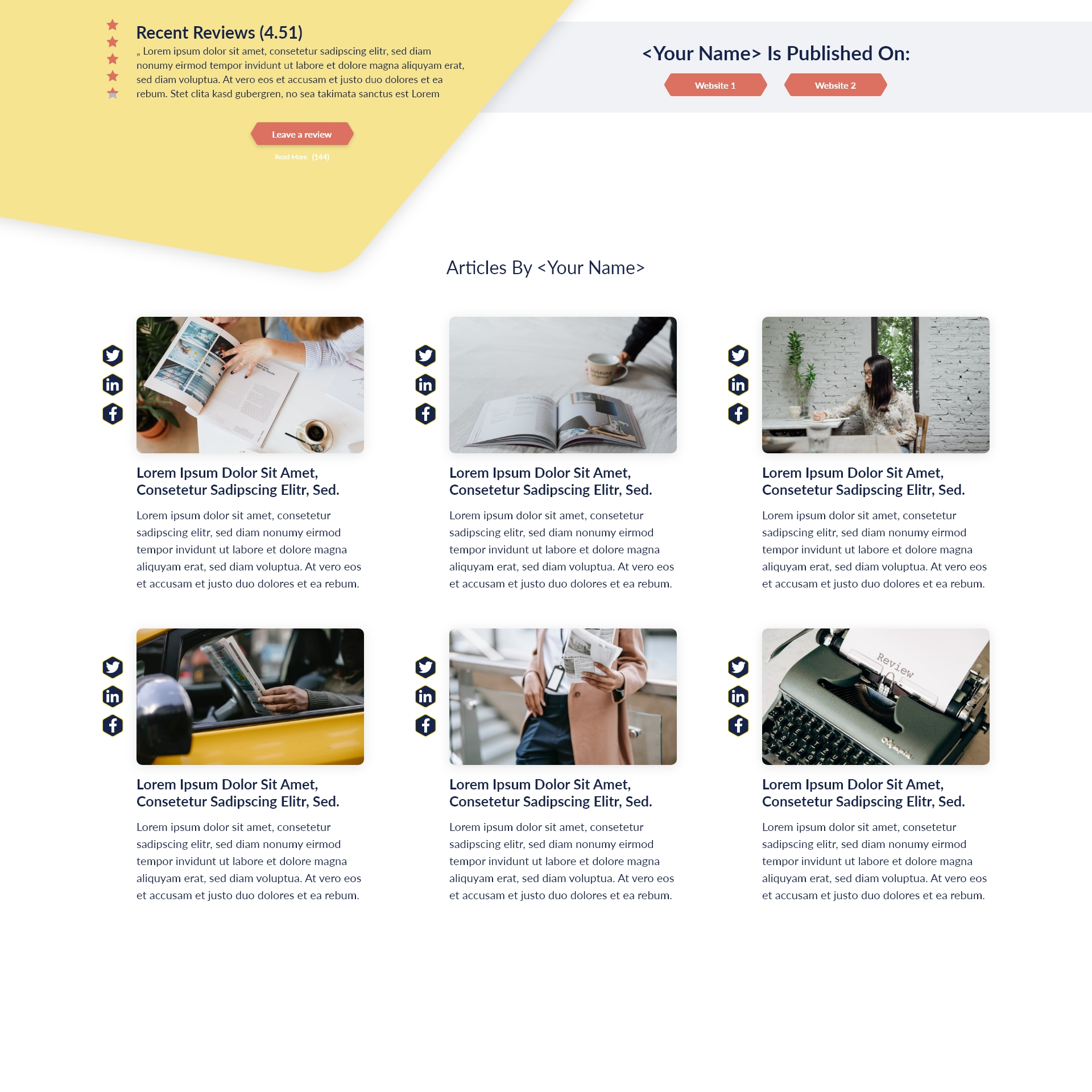Active listening is one of the top skills required to become a better leader at work. Not only does it build trust and loyalty throughout your team, but it also allows leadership to remain engaged. Unfortunately, with the amount of technology in the office, listening can be challenging. Seemingly endless waves of information bombard our minds, competing for attention. And just as you have begun processing your thoughts in one meeting, it is time to head to another.
Although it is tough to separate ourselves from the powerful technological tools available in the workplace, leaders must signal value to their employees through listening. If you fail to value what your team members think and say, you fail them as an individual leader. The majority of leaders across the world aren’t aware of active listening skills and never take the time to learn them or improve. Ultimately, fewer than 2% of professionals experienced some level of formal training regarding listening.
5 Ways to Improve Your Listening Skills

Embracing active listening alongside the influx of technology in the workplace makes for a strong leader. By entering your engagement around employees and fully immersing yourself in their thoughts and opinions, you will be closer to achieving your goal. In addition, active listening should play a primary role in your daily routine, helping build strong relationships, trust, and loyalty. The following five tips will help you on your way to listening before reacting in the office.
- Embracing Silence in a Digital World
Leaders within the realm of IT become busy to an insane degree. This frantic pace is not without consequence, presenting a slew of unique difficulties. Unfortunately, it comes with the territory and presents challenges to IT leaders alike. These individuals often struggle to maintain focus while completing multiple processes at once.
If you let it, the world will intrude upon conversation, and leaders will unconsciously react by telling an individual they are less important in the grand scheme of things. However, every interaction is the opportunity to connect with others in showing a deserved level of respect. You may accomplish this through limited distractions, such as muting your phone or putting your computer to sleep. - Search for Understanding
We all seek to be understood, a common misstep in the work-life of a leader. When it comes to your employees, you should first strive to understand others. If our daily interactions consist of waiting for our turn to speak our minds, we aren’t in the right headspace for our team members. By doing so, we undermine someone else’s opinion in pursuing self-fulfillment. Rather than angling to steer the discussion in our direction, we should work on genuinely hearing what others say.
Listening with patience is a skill that must develop with intention. Rather than formulating your next response mid-thought, work to listen to the other individual with the purpose of understanding. When you approach a conversation mindfully, it is easier to read between the lines when the other person isn’t sharing the entirety of their thoughts. By working on unpacking their message entirely, you position yourself to provide the support or empathy the employee may be seeking.
- Remain Engaged
Silencing the world is a significant first step to active listening, but it isn’t enough to mindfully navigate a conversation. Dynamic language involves taking note of body language and your overall response. By providing verbal affirmations through nods, maintaining eye contact, or even managing the tone of voice, we can access another level of communication. When it makes sense, paraphrasing may also prove helpful in showing the other person that you are seeking clarity or understanding.
You should phrase your questions out of honest curiosity to clarify the situation or provide a better understanding. Utilizing thoughtful questions enables you to remain engaged in the conversation, helping to read your audience. When necessary, you must be prepared to rephrase your questions or bail out completely, if only to assure the other individual that you shouldn’t pursue that avenue. - Judgement-Free Zone
Active listening involves a judgment-free zone where your employees feel inclined to speak their minds. In facilitating such an environment, you must refrain from judgment, offering quick advice, or interrupting a train of thought. Unfortunately, these only serve to shut down an honest conversation. Plus, when signals are interrupted, it’s a sign you aren’t practicing active listening. In all reality, it means you have predetermined your opinion before hearing them out.
Because we are all unique, someone’s way of thinking may differ significantly from yours – that doesn’t mean they are wrong. In all reality, this means their experiences, background, and other factors provide differing points of view. Interruptions lead to disengagement, an approach that you must carefully avoid at all costs. By embracing diversity at work, you lead your team by example rather than compelling them to follow an uncomfortable path. - Nurturing Good Habits
Becoming an active listener involves a deeper awareness of others and your dialogue. The key to improved listening skills comes with practice to form and establish new habits through conversation. For example, in your next meeting, practice active listening skills by asking hard-hitting questions that may come as unexpected. At first, this task will feel difficult, making friends and family the perfect target before bringing it to work. However, these habits will become normal behavior through regular practice in no time.
While we spend up to 60% of our time listening, we are only successful at retaining 25% of what we hear. Practicing active listening enables you to retain more information with a better understanding. This level of empathy will also help you understand the struggles faced by your employees and avoid any future misunderstandings. Ultimately, you will be well-equipped to identify and handle issues before they become more serious.







